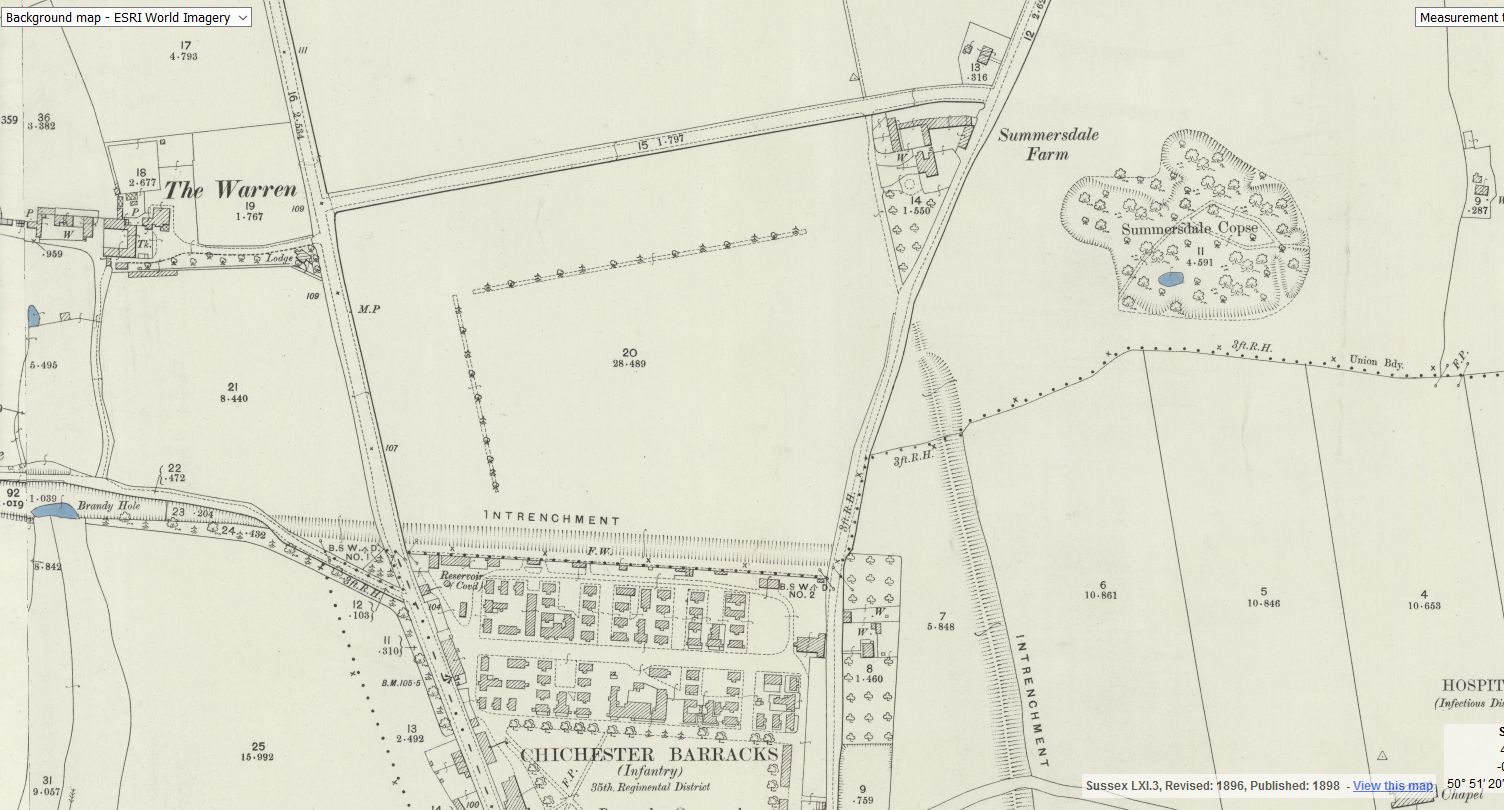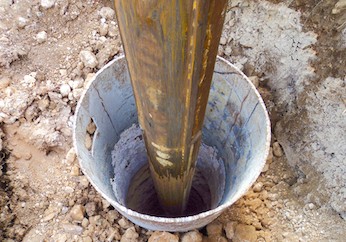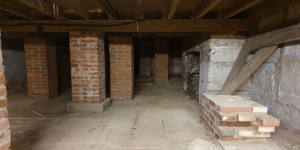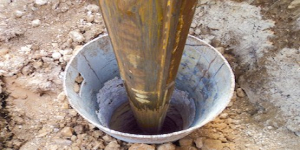Are you curious about the tunnels in Chichester? If you are, you are not alone. Many people have wondered about the existence and purpose of these underground passages that are said to run under the city. Some claim they have seen them, others have heard stories about them, but what is the truth behind the mystery?
In this blog post, I will try to shed some light on the tunnels in Chichester, based on some web searches and historical sources. I will also share some of the rumours and legends that surround them, and invite you to share your own experiences or opinions in the comments section.
What are the tunnels in Chichester?
The tunnels in Chichester are a network of underground passages that are believed to date back to Roman times or earlier. They are said to follow the old foundations of the Roman wall on the east side of the city centre, and to connect various buildings and landmarks, such as the cathedral, the market cross, and the crypt.
The tunnels have been rumoured to serve different purposes over time, such as smuggling routes, secret passages for clergy, hiding places during the Reformation, or escape routes during wars or invasions. Some people also think that poet John Keats used the tunnels for inspiration when he wrote The Eve of St Agnes in Chichester in 1819.
However, there is little concrete evidence to support these claims, and most of them are based on hearsay or speculation. The tunnels have been blocked off or filled in over time, making them inaccessible or invisible to most people. Only a few traces of them remain, such as a blocked-off passage in the cellar of Hansfords Menswear shop, or a dark tunnel under the crypt where a schoolgirl claimed to have visited in the 1940s.
What do experts say about the tunnels?
The existence and origin of the tunnels in Chichester have been a subject of interest for archaeologists and historians for many years. However, they have not been able to confirm or deny their presence or function with certainty.
One of them is Claire Mandville, She has been researching the tunnels in Chichester for a while, and has interviewed several people who claim to have seen or heard about them.
She said: "There's definitely something there but it's hard to say what it is. It could be anything from drainage systems to cellars to actual tunnels. It's possible that some of them were used for smuggling or other purposes but it's hard to prove. I think they are fascinating and I would love to explore them if I could."
Also plans to expand his research and investigations on the tunnels, and to involve more of the local community in his project. She said: "I think it's important to document them before they are lost or forgotten. It's a great way to engage people with their local heritage and culture."
What do you think about the tunnels?
The tunnels in Chichester remain a mystery that intrigues many people. Whether they are real or not, they have inspired stories and legends that add to the charm and character of the city. What do you think about them? Have you ever seen them or heard about them? Do you have any theories or questions about them? Let me know in the comments below!
















